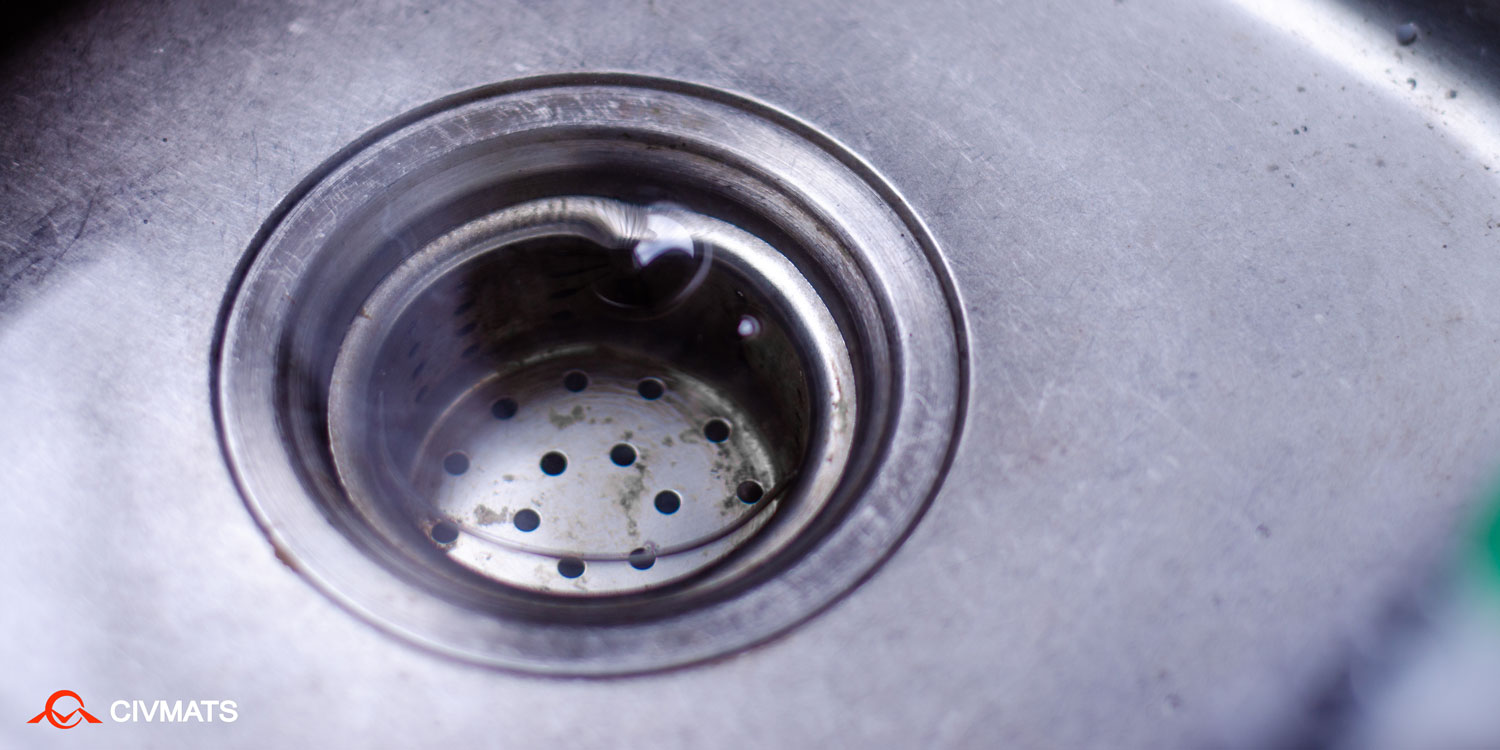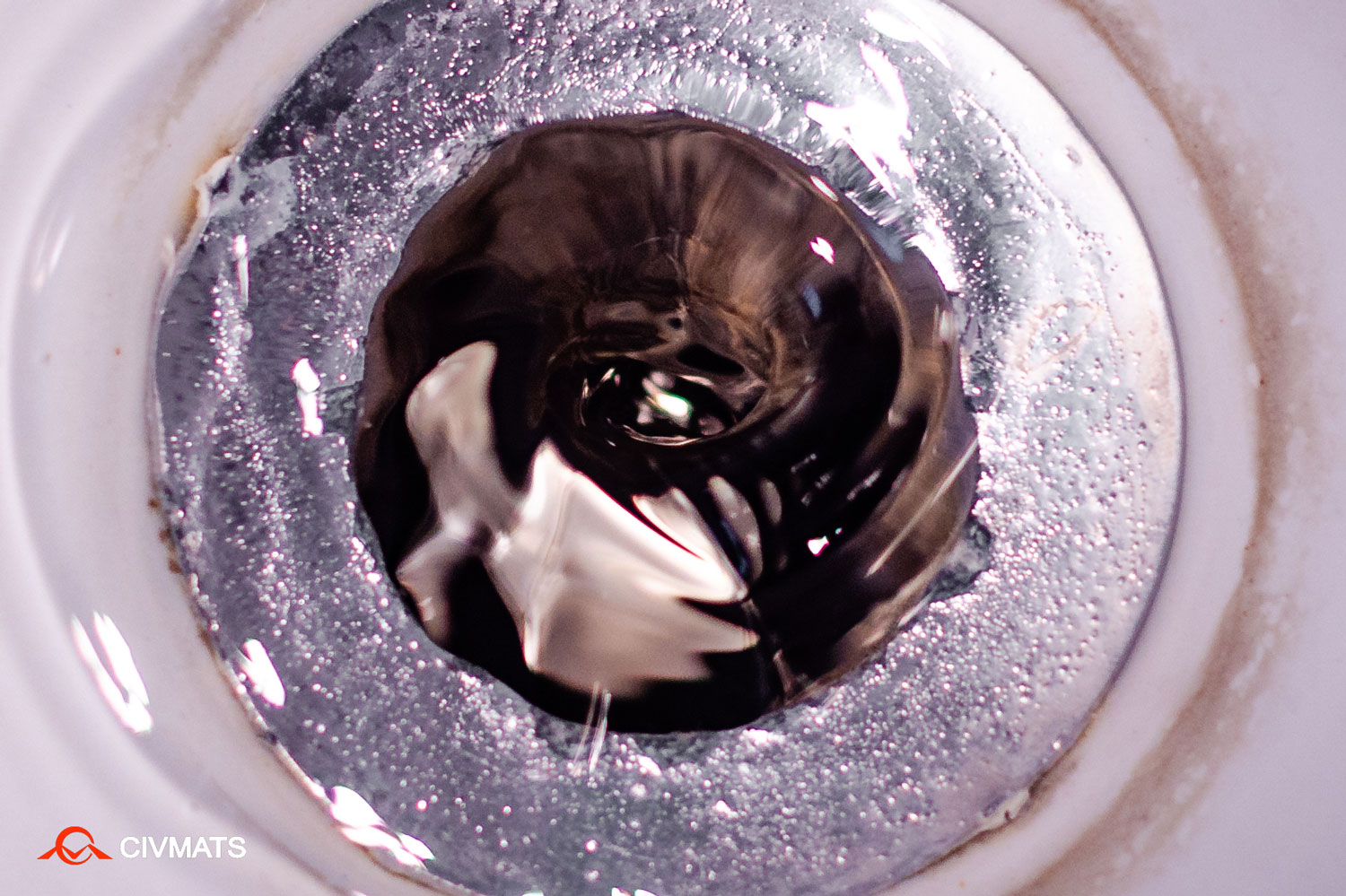Drainage system plays an important role in food safety when it comes to food production, processing and storage. Firstly, drainage is an integral part of the food processing and storage environment. Since drainage facilities, such as drainage floor drains or drainage channels keep open in the indoor environment, even though water traps or pipe traps are installed before the subsequent pipes are connected to block the odor in the pipes, can the accommodation capacity for the dirty material in the open space before blocking be ignored? What about the microbial bacteria or virus that can’t be seen in naked eyes? We have to profess that it is a serious issue neglected by people.

As a matter of fact, the impact on the whole clean area that drainage system can have is not totally neglected. In early years, many academia or official organizations in Europe have already questioned the issue and standards for this field have been established for a while, such as:
-Chartered institute of environmental health (CIEH)
-ChampdenBRI
-Foodservice Consultants Society International (FCSI)
-European hygienic engineering & design group(EHEDG)

For the clean anti-corrosion performance, stainless steel is no doubt the most ideal choice to a clean drainage system. Moreover, the durability of stainless steel is also one of the most basic elements in cleanliness aspects. The smoothness of the surface and easy cleaning performance of stainless steel material cannot be matched by other metal materials. When it comes to commercial kitchen or food processing industry, austenitic stainless steel 304 or 316 grade are generally used. Except the correct selection of the material itself, the thickness of the material also should be considered. For ground leakage body and drainage channels, 1.5-2.0mm stainless steel sheet is usually used for manufacturing. The cover plate need to be designed separately considering its loading capacity
Since stainless steel products need to be cut and welded in machining process, the original anticorrosion layer of its surface will be damaged. On this ground, the final anti-corrosion treatment on its surface will be done on finished products. The most economical and effective treatment method is passivation immersion processing, which means putting the processed products into pickling pool of different types and concentrations in sequential order and soaking for a certain amount of time. In this way, a continuous layer of dense oxide film will be generated on the surface of stainless steel to barrier some harmful materials in the air or drainage that can corroded the stainless steel protected by the oxide film. Another common method is electrical polishing. Using this preservative treatment method, the stainless steel surface can become bright, and it is more applied for the cover plate and decoration purpose.
Contact
CIVMATS Co., Ltd. is professional in the production of stainless steel tubes and fittings which can meet different food safety standards. If these materials are required, please contact us.
- Company: CIVMATS CO., LIMITED
- Phone: 86-519-81809659
- Fax: 86-519-81809959
- Email: sales@civmats.com
- Address: 10th Floor, Xin Cheng Nan Du, Wujin District, Jiangsu, China
- Website: www.civmats.com

